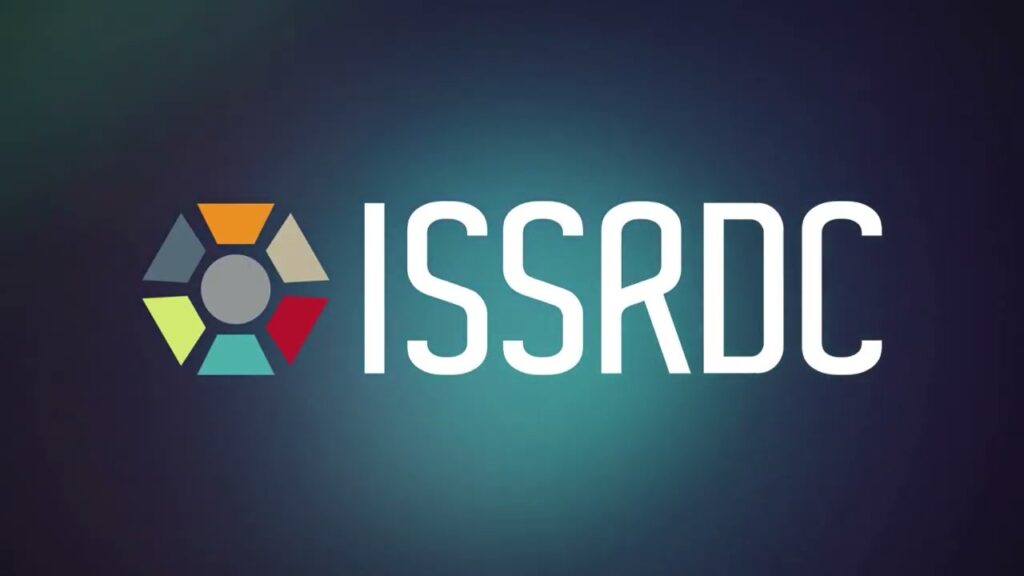Science in Space for the Benefit of Humanity
For more than 20 years, humans have lived and worked continuously onboard the International Space Station, advancing scientific knowledge, and demonstrating new technologies. These achievements have led to groundbreaking discoveries that would not have been attainable on Earth, paving the way for extended exploration in outer space and enhancing life on our planet.

Media Credit: SpaceX
Missions & Launches
Mission and launch content provide detailed information about what’s heading to the International Space Station (ISS), including upcoming and past missions, as well as key details such as launch vehicles, dates, and launch locations. Discover the science, R&D, and payload descriptions heading to station and learn about the role of the ISS National Lab in promoting and managing research that can benefit humanity.

Media Credit: NASANational Aeronautics and Space Administration
ISS National Lab Vision
To be the leading source for innovation in space, enabling life-changing benefits for humanity.
ISS national Lab photo gallery

ISS History and Timeline
The International Space Station (ISSInternational Space Station), a marvel of modern science and engineering, represents the culmination of a decade’s work and over 30 missions by five space agencies from 15 countries. Comparable in size to a football field and weighing 460 tons, the ISS orbits Earth as a testament to human collaboration and ingenuity. Once a figment of science fiction, the concept of a space station materialized with the advent of the Space Age, leading to the first basic model in 1969 and eventually to the ISS’s construction in 1998. Initially reserved for government research, the ISS has now opened its hatches to commercial and academic ventures, offering new realms of possibilities for space-related research and commerce. Explore the creation and history of the ISS in this visual timeline, marking major advancements, breakthroughs, and results.








